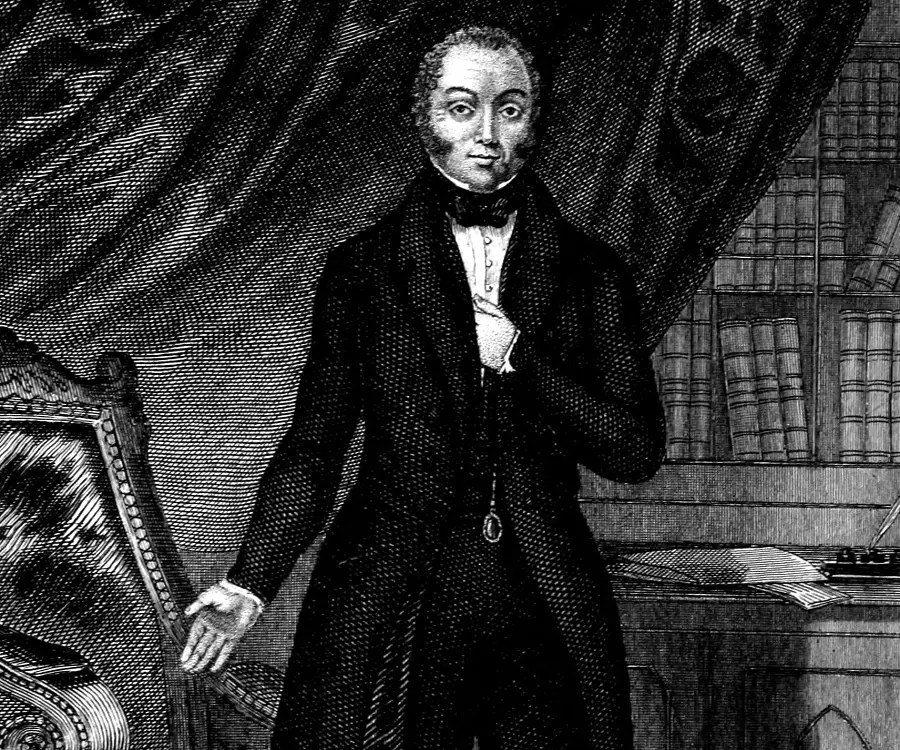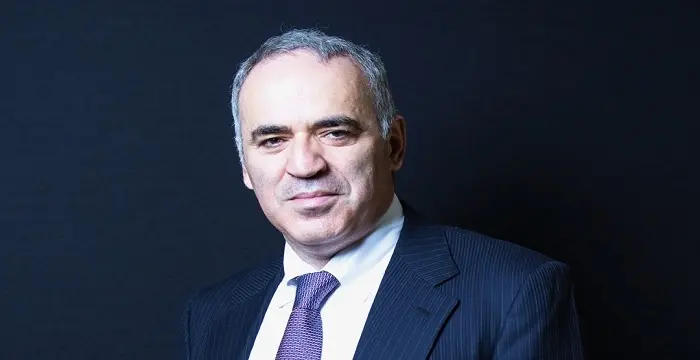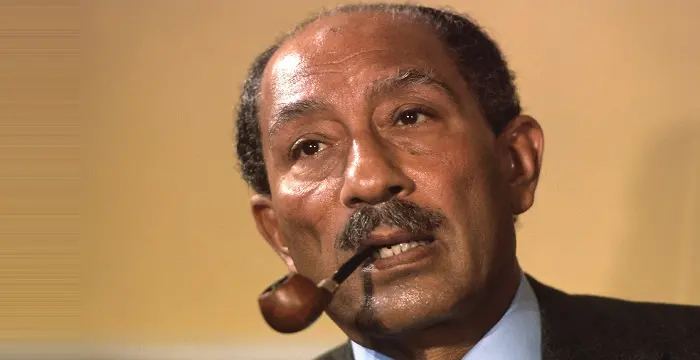
Feargus OConnor - Chartist Leader, Family and Family
Feargus OConnor's Personal Details
Feargus O’Connor was a prominent Chartist leader who successfully made Chartism the first working class national movement
| Information | Detail |
|---|---|
| Birthday | July 18, 1794 |
| Died on | August 30, 1855 |
| Nationality | British |
| Famous | Trinity College, Dublin, Political Activists, Leaders, Political Leaders, Chartist Leader |
| Known as | Feargus Edward O'Connor |
| Universities |
|
| Notable Alumnis |
|
| Birth Place | United Kingdom |
| Gender | Male |
| Sun Sign | Cancer |
| Born in | United Kingdom |
| Famous as | Chartist Leader |
| Died at Age | 61 |
Feargus OConnor's photo
Who is Feargus OConnor?
Feargus O’Connor was the leading face of Chartist movement that claimed to restore the rights of the working class in the society. Despite being born in an Irish Protestant household, O’Connor despised power of the Church. He instead was a reforming landlord who believed in building a party that represented the interests of the working class. In his life, he succeeded in making Chartism the first specifically working class national movement. O’Connor jumped into mainstream Chartism by 1830s and found himself deeply engrossed in the movement. He was involved with the more radical side of the movement and was critical of moderate Chartist’s leaders William Lovett and Henry Hetherington. An influential orator with leadership skills, he travelled across the country organizing and addressing huge meetings. What made him an effective speaker was his ability to speak to the crowds in terms that they could understand and relate to. Highly charismatic, he was much admired for his assertiveness, energy and vivaciousness. Interestingly, of his six points’ charter that he constantly spoke about to working men’s organization, five of them were later embodied in People’s Charter. It was after the failure of his Land Scheme that O’Connor’s behaviour became increasingly erratic and irrational. His violent behaviour landed him in a mental asylum where he was declared insane. He breathed his last on August 30, 1855
// Famous Political Activists
Susan Sontag
Susan Sontag is an American critical essayist, cultural analyst, novelist, political activist, filmmaker and playwright of international repute. Read on to find out more about her childhood, career, profile and timeline.
Serj Tankian
Serj Tankian is a famous American singer-songwriter and member of the band, ‘System of a Down’. This biography profiles his childhood, music career, life, achievements and timeline.
Garry Kasparov
Garry Kasparov is a Russian chess Grandmaster considered by many to be the greatest chess player of all time. This biography of Garry Kasparov provides detailed information about his childhood, life, achievements, works & timeline.
Childhood & Early Life
Feargus O’Connor was born on July 18, 1794 to Roger O’Connor in Connorville house in West County Cork. His family was Irish Protestant by faith.
Christened Edward Bowen O’Connor, he attained his first name from his father who preferred calling the young boy Feargus.
O’Connor spent much of his early life at family estates in Ireland including the Dangan Caste. He completed his early education from Portarlington Grammar School before enrolling for a course in law at Trinity College, Dublin.
In 1820, he inherited an estate from his uncle in Cork. Same year, he was called to the Irish bar of which he became a member. His membership at the bar offended his father who eventually disowned him.
Career
O’Connor’s career commenced during the early 1830s as he emerged as the leading advocate of Irish rights and democratic political reform. He was critical of the British Whig government policies on Ireland.
In 1830, the passage of the Reform Bill raised an agitation in which O’Connor largely participated. Though he was arrested, he escaped detainment. Same year, with the help of Daniel O’Connell, leader of the Irish Radicals, he became a Member of the Parliament in the British House of Commons as a Repeal candidate.
Though O’Connor came into the parliament as a supporter of O’Connell, the two soon turned foes. O’Connor tried replacing the latter as the leader of the Irish Radicals but failed.
In the 1835 general elections, O’Connor was unseated from the parliament as he did not meet the property qualifications. Upon losing his seat, he ran for the late William Cobbett’s seat but only ended up splitting the Radical vote which eventually benefitted the Tories.
Towards the mid-1830s, O’Connor toured the country campaigning for parliamentary reforms. He brought to light universal suffrage, need for equal representation, abolition of property qualification and better working conditions in the industrial districts of England and Scotland.
In 1836, he joined the London Working Men’s Association. The following year, he moved to Leeds, Yorkshire where he founded the radical newspaper, Northern Star. A weekly, Northern Star started as a voice against the Poor Law by the working class but soon transformed to become the most prominent vehicle for Chartist cause. It was hugely successful and by 1839, sold more than 48000 copies per week.
O’Connor soon became active in the Chartist Movement. Blessed with excellent oratory and leadership skills, he travelled the length and breadth of the country, speaking to working men’s organization and leading from front the Chartist movement that claimed six points Charter from the parliament.
Within a span of time, O’Connor became the most active and popular Chartist orators. He was part of the radical side of the movement, and professed for using ‘physical force’ instead of ‘moral force’ to achieve access to democracy for the working class. This led to his 18-month imprisonment in 1840 on charges of seditious libel.
During the early 1840s, O’Connor turned his attention to working people’s alienation from the land. In 1845, he founded the Chartists Cooperative Land Company. Through the company, he aimed at making the working class self-sufficient by turning them from labourers and workers to farmers.
The objective of O’Connor’s company was to raise money to buy massive agricultural land and subdivide the same into smaller land holdings. Since it was impossible for all the subscribers to acquire a plot, a lottery system was installed according to which people were granted land.
O’Connor’s land scheme failed miserably and was a complete disaster. By 1850, the company became completely bankrupt, resulting in significant losses to investors. Following the downfall of the company, the settlers of the land were subsequently evicted.
Unabated by the failure of the Land Scheme, O’Connor continued to contribute actively in the Chartist Movement. In 1847, he was elected as a Member of the Parliament for Nottingham, thus becoming the first and only Chartist MP.
Following his election as the MP, he organized the Chartist meeting on Kennington Common, London. It was the last Chartist demonstration as following this meeting, Chartism steeply declined due to lack of credibility. O’Connor claimed that the last petition contained 5,706,000 signatures, when in real it had only 1,975,496, of which most of them were forgeries.
O’Connor’s last years marked a substantial change in his behaviour. He became increasingly irrational and speculations of him facing mental breakdown was rampant. The climax came in 1852 at the House of Common when he struck three MPs. He was arrested and sent to a mental asylum at Chiswick.
Personal Life & Legacy
Though O’Connor never legally married, he is said to have been involved in numerous love affairs. He fathered several children from these affairs.
Towards the last years of his life, O’Connor’s mental health became sharply unbalanced as he began to exhibit irrational behaviour. It is speculated that he faced mental breakdown. The situation worsened when he physically assaulted three MP’s due to which he was arrested and transferred into a mental asylum. Possibility of him suffering from early stages of general paralysis of the insane due to syphilis became high.
He breathed his last on August 30, 1855 at his sister’s house in Notting Hill. He was buried ten days later on September 10 at the Kensal Green cemetery.
Trivia
He was the first and only Chartist Member of Parliament. He stood from Nottingham and served as the MP from 1847 to 1852.
// Famous Political Leaders
Edi Rama
Edi Rama is the current Prime Minister of Albania. Check out this biography to know about his childhood, life, achievements, works & timeline.
Khalifa bin Zayed Al Nahyan
Sheikh Khalifa bin Zayed Al Nahyan is the current President of the United Arab Emirates (UAE). Check out this biography to know about his birthday, childhood, family life, achievements and fun facts about him.
Leo Varadkar
Cam Leo Varadkar is the current Taoiseach—the Prime Minister—of the Republic of Ireland. Check out this biography to know about his childhood, family life, achievements and other facts about his life.
Feargus OConnor biography timelines
- // 18th Jul 1794Feargus O’Connor was born on July 18, 1794 to Roger O’Connor in Connorville house in West County Cork. His family was Irish Protestant by faith.
- // 1820In 1820, he inherited an estate from his uncle in Cork. Same year, he was called to the Irish bar of which he became a member. His membership at the bar offended his father who eventually disowned him.
- // 1830In 1830, the passage of the Reform Bill raised an agitation in which O’Connor largely participated. Though he was arrested, he escaped detainment. Same year, with the help of Daniel O’Connell, leader of the Irish Radicals, he became a Member of the Parliament in the British House of Commons as a Repeal candidate.
- // 1835In the 1835 general elections, O’Connor was unseated from the parliament as he did not meet the property qualifications. Upon losing his seat, he ran for the late William Cobbett’s seat but only ended up splitting the Radical vote which eventually benefitted the Tories.
- // 1836In 1836, he joined the London Working Men’s Association. The following year, he moved to Leeds, Yorkshire where he founded the radical newspaper, Northern Star. A weekly, Northern Star started as a voice against the Poor Law by the working class but soon transformed to become the most prominent vehicle for Chartist cause. It was hugely successful and by 1839, sold more than 48000 copies per week.
- // 1840Within a span of time, O’Connor became the most active and popular Chartist orators. He was part of the radical side of the movement, and professed for using ‘physical force’ instead of ‘moral force’ to achieve access to democracy for the working class. This led to his 18-month imprisonment in 1840 on charges of seditious libel.
- // 1845During the early 1840s, O’Connor turned his attention to working people’s alienation from the land. In 1845, he founded the Chartists Cooperative Land Company. Through the company, he aimed at making the working class self-sufficient by turning them from labourers and workers to farmers.
- // 1847Unabated by the failure of the Land Scheme, O’Connor continued to contribute actively in the Chartist Movement. In 1847, he was elected as a Member of the Parliament for Nottingham, thus becoming the first and only Chartist MP.
- // 1847 To 1852He was the first and only Chartist Member of Parliament. He stood from Nottingham and served as the MP from 1847 to 1852.
- // 1850O’Connor’s land scheme failed miserably and was a complete disaster. By 1850, the company became completely bankrupt, resulting in significant losses to investors. Following the downfall of the company, the settlers of the land were subsequently evicted.
- // 1852O’Connor’s last years marked a substantial change in his behaviour. He became increasingly irrational and speculations of him facing mental breakdown was rampant. The climax came in 1852 at the House of Common when he struck three MPs. He was arrested and sent to a mental asylum at Chiswick.
- // 30th Aug 1855He breathed his last on August 30, 1855 at his sister’s house in Notting Hill. He was buried ten days later on September 10 at the Kensal Green cemetery.
// Famous Leaders
Edi Rama
Edi Rama is the current Prime Minister of Albania. Check out this biography to know about his childhood, life, achievements, works & timeline.
Tecumseh
Tecumseh was a Native American leader of the Shawnee clan. This biography profiles his childhood, life and timeline.
Khalifa bin Zayed Al Nahyan
Sheikh Khalifa bin Zayed Al Nahyan is the current President of the United Arab Emirates (UAE). Check out this biography to know about his birthday, childhood, family life, achievements and fun facts about him.
Anwar Sadat
Anwar Sadat was the third President of Egypt and has been awarded the Nobel Prize for his peace initiatives. To know more about his childhood, career, profile and timeline read on the following biography.
Leo Varadkar
Cam Leo Varadkar is the current Taoiseach—the Prime Minister—of the Republic of Ireland. Check out this biography to know about his childhood, family life, achievements and other facts about his life.
Swami Vivekananda
Swami Vivekananda was the chief disciple of Sri Ramakrishna, and was responsible for awakening India spiritually. Check this biography to know in detail about his life, profile and timeline.
Feargus OConnor's FAQ
What is Feargus OConnor birthday?
Feargus OConnor was born at 1794-07-18
When was Feargus OConnor died?
Feargus OConnor was died at 1855-08-30
Where was Feargus OConnor died?
Feargus OConnor was died in Notting Hill
Which age was Feargus OConnor died?
Feargus OConnor was died at age 61
Where is Feargus OConnor's birth place?
Feargus OConnor was born in United Kingdom
What is Feargus OConnor nationalities?
Feargus OConnor's nationalities is British
What was Feargus OConnor universities?
Feargus OConnor studied at Trinity College Dublin, Trinity College, Dublin
What was Feargus OConnor notable alumnis?
Feargus OConnor's notable alumnis is Trinity College Dublin
What is Feargus OConnor's sun sign?
Feargus OConnor is Cancer
How famous is Feargus OConnor?
Feargus OConnor is famouse as Chartist Leader









